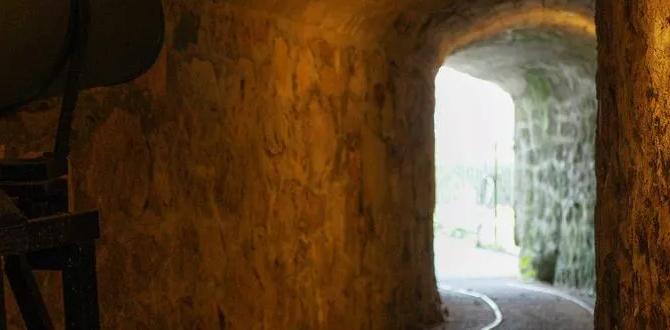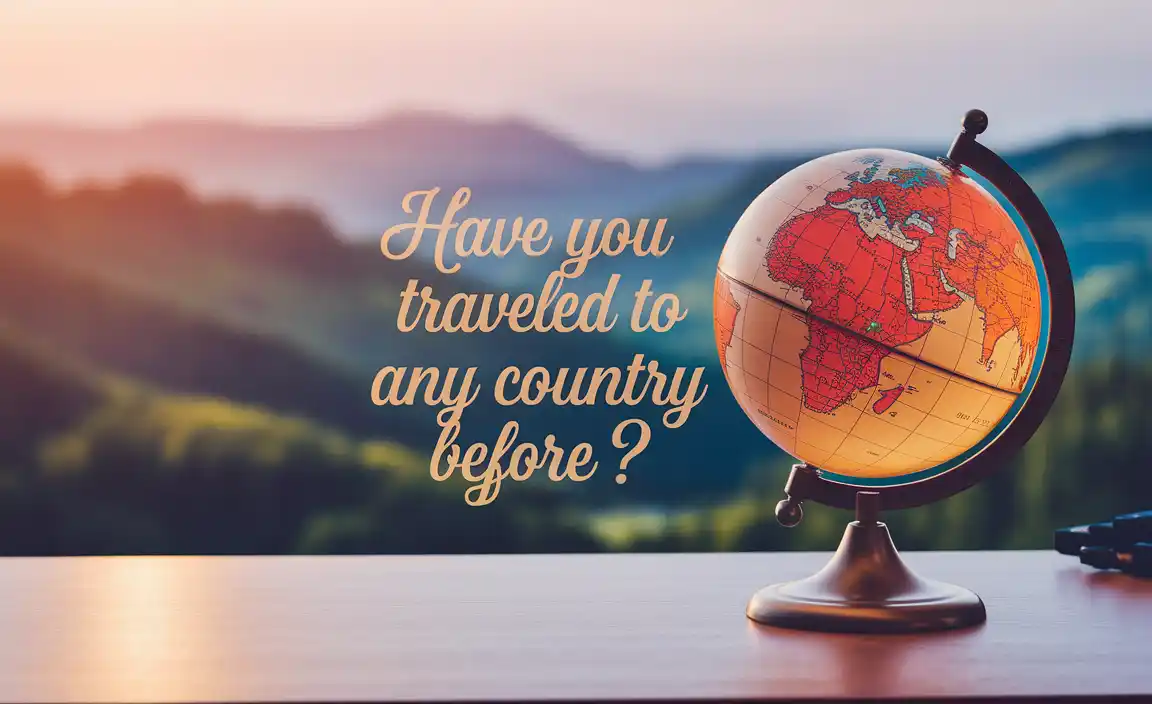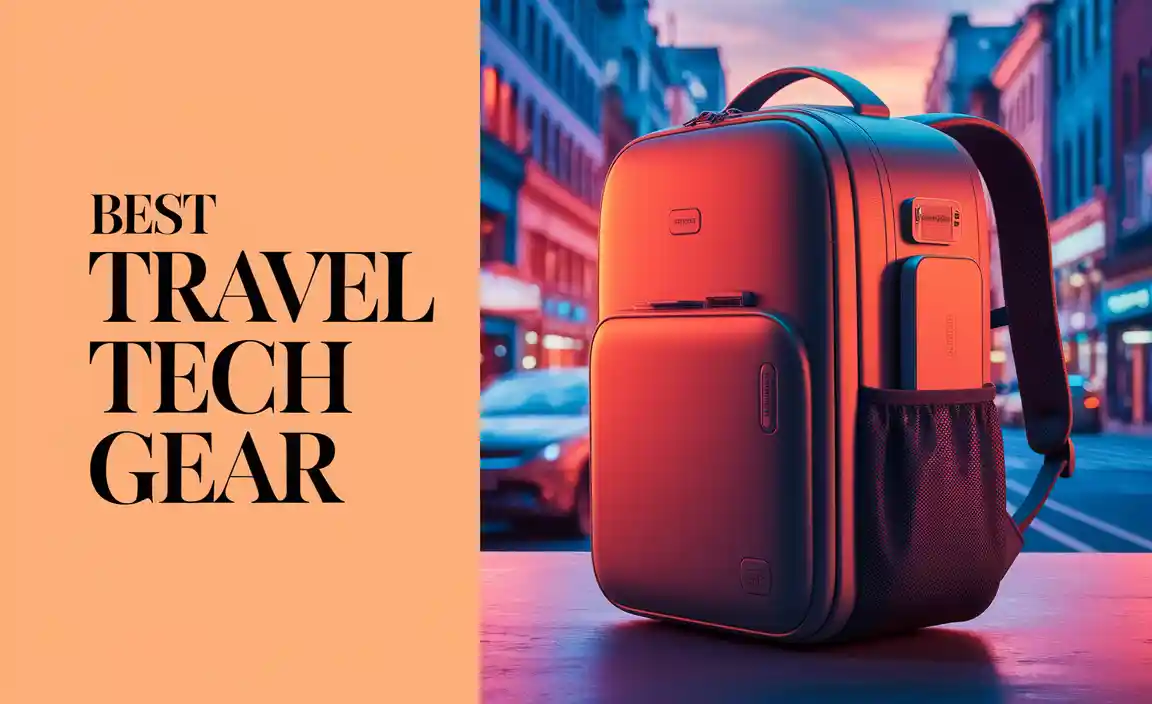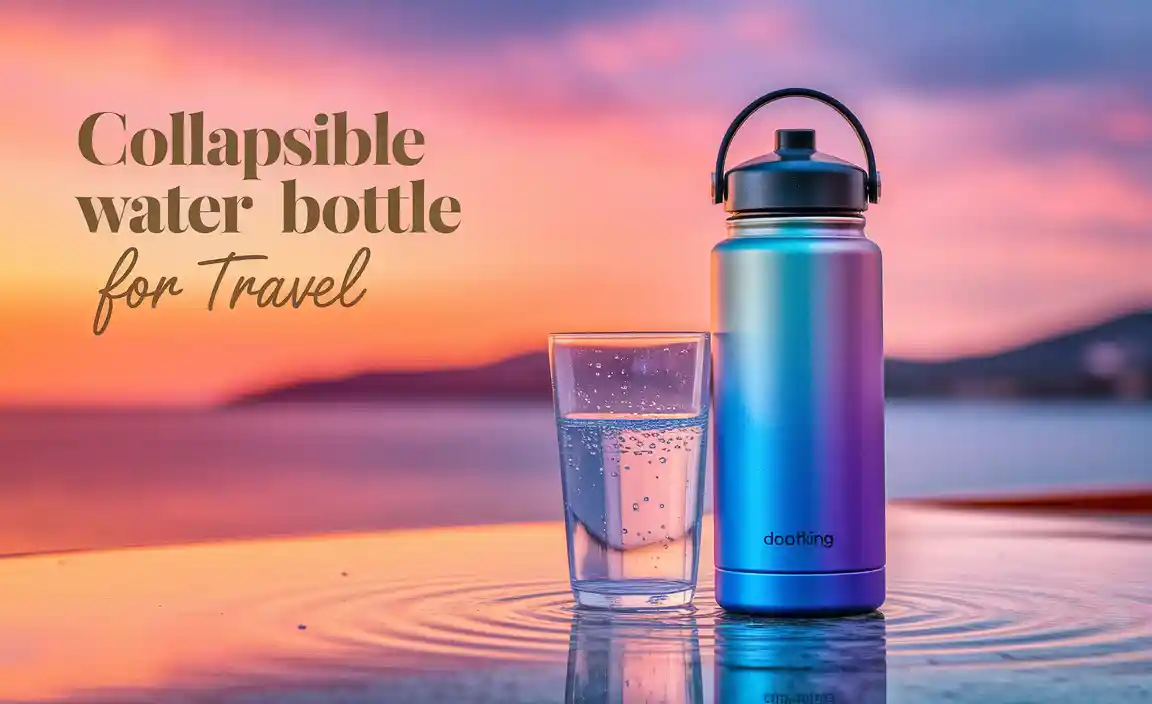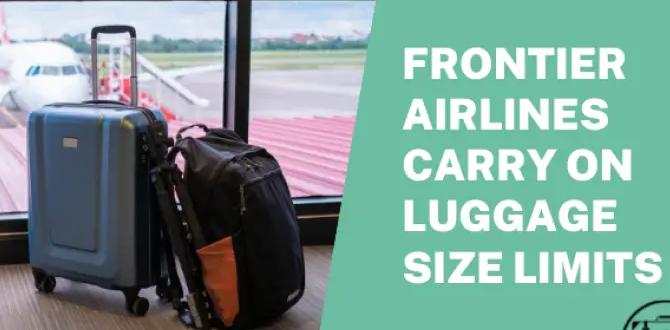To travel safely in Australia, focus on common-sense precautions rather than specific “areas to avoid.” While Australia is generally safe, being aware of localized risks like remote weather, specific wildlife habitats, and the importance of staying informed about local conditions is key to a stress-free journey.
Australia is an incredible destination filled with diverse landscapes and friendly people. Most visitors have a fantastic time exploring its wonders without any issues. However, like any country, it’s wise to be prepared and informed. Instead of focusing on specific “bad areas,” it’s more about understanding the types of environments and situations where extra caution is needed to ensure your trip is as safe and enjoyable as possible. We’ll guide you through practical steps to stay comfortable and secure on your Australian adventure, no matter where your travels take you.
Smart Travel in Australia: Beyond “Areas to Avoid”
The idea of “Australia areas to avoid” can be a bit misleading. Australia is a vast continent, and safety concerns often stem from environmental factors or specific circumstances rather than inherent dangers in particular neighborhoods. Being a smart traveler means understanding these nuances. It’s about being prepared for the elements, respecting wildlife, and staying aware of your surroundings.
Understanding Risk Factors in Australia
Instead of looking for danger zones, let’s look at common risk factors all travelers should be aware of:
Environmental Hazards: Australia’s climate can be extreme, from intense heat and bushfires in the summer to cyclones in the tropical north.
Wildlife Encounters: While iconic, Australia’s wildlife can pose risks if not respected. This includes venomous snakes, spiders, marine stingers, and even large marine animals.
Remote and Outback Travel: Vast distances and limited access to services in remote areas require thorough planning and preparedness.
Urban Safety: Like any major city, some urban areas might have higher crime rates, particularly at night. Staying aware of your surroundings is always recommended.
Key Principles for Safe Australian Travel
Focusing on these principles will enhance your safety significantly:
1. Stay Informed: Keep up-to-date with local weather forecasts, travel advisories, and any local news that might affect your plans.
2. Respect the Environment: Understand the risks associated with the Australian outdoors and take necessary precautions.
3. Plan Thoroughly: Especially for remote travel, ensure you have adequate supplies, communication, and knowledge.
4. Be Aware of Your Surroundings: A little common sense goes a long way in any urban or tourist setting.
Navigating Environmental Risks
Australia’s natural beauty comes with its own set of challenges. Understanding these can help you avoid uncomfortable or dangerous situations.
Heat and Bushfires
Australia experiences intense heat, especially during summer months (December to February). Bushfires are also a significant risk during dry periods.
Heat Safety:
Hydration is Key: Always carry and drink plenty of water.
Sun Protection: Wear sunscreen, a hat, and protective clothing. Seek shade during the hottest parts of the day.
Recognize Heatstroke: Be aware of the symptoms, such as dizziness, nausea, and confusion.
Bushfire Preparedness:
Check Fire Danger Ratings: Before traveling to rural or forested areas, check the local fire danger rating. The Rural Fire Service (RFS) in NSW (and similar agencies in other states) provides up-to-date information.
Follow Official Advice: In case of a fire, always follow the instructions of emergency services.
Avoid Travel During High Risk: If fire bans are in place or the danger rating is extreme, reconsider your travel plans.
Marine Hazards
Australia’s coastline is stunning but also home to potential marine dangers.
Stinger Season: In tropical northern Queensland (roughly October to May), marine stingers like Box Jellyfish and Irukandji can be present.
Swim at Stinger Enclosures: Always swim within designated, netted enclosures at patrolled beaches.
Wear Stinger Suits: If swimming in non-enclosed areas, wear a full-body lycra suit.
Heed Lifeguard Warnings: Pay close attention to any signs or advice from lifeguards.
Rip Currents: These strong underwater currents can pull swimmers away from the shore.
Swim Between the Flags: Lifeguards mark safe swimming areas with red and yellow flags.
Learn to Spot a Rip: Look for turbulent, discolored water or a channel of choppy water extending seaward.
If Caught in a Rip: Stay calm, float, raise your hand for help, and swim parallel to the shore until you are out of the rip.
Sharks: While shark attacks are rare, they do occur.
Swim at Patrolled Beaches: Beaches with lifeguards are generally safer.
Avoid Swimming at Dawn/Dusk: These are common feeding times for sharks.
Don’t Swim Alone: If possible, swim with others.
Heed Warning Signs: Always obey beach closures and warnings.
Wildlife Encounters
Australia is famous for its unique wildlife, but some animals require caution.
Snakes and Spiders:
Stay on Marked Paths: Avoid walking through long grass or dense bushland without proper footwear.
Wear Shoes and Gaiters: In known snake or spider habitats, wear sturdy shoes and consider gaiters.
Don’t Reach into Unseen Places: Be careful when reaching into rock crevices, under logs, or into sheds.
Know What to Do: Familiarize yourself with basic first aid for snake or spider bites and know how to contact emergency services quickly (call Triple Zero – 000).
Saltwater Crocodiles: Found in northern Australia’s rivers, estuaries, and coastal waters.
Obey Warning Signs: Crucially important in croc country.
Never Swim or Stand at the Water’s Edge: In areas where crocodiles are known to be present.
Camp Well Away from Water: And secure all food and rubbish.
Safe Travel in Remote and Outback Australia
The Outback is a quintessential Australian experience, but its vastness and isolation present unique safety considerations.
Planning for the Outback
Thorough planning is non-negotiable for any trip into remote areas.
Vehicle Preparation:
Reliable Vehicle: Ensure your vehicle is in excellent condition. Ideally, use a 4WD if planning unsealed roads.
Full Tank of Fuel: Always start with a full tank and plan your refuelling stops carefully. Fuel can be hundreds of kilometers apart.
Tires: Check tire pressure and carry at least one spare tire, along with the tools to change it.
Emergency Kit: Pack a comprehensive emergency kit including jumper cables, basic tools, spare parts, and recovery gear if using off-road tracks.
Supplies:
Water: Carry significantly more water than you think you’ll need. A general rule is at least 5-7 liters per person per day, more in extreme heat.
Food: Pack non-perishable food items.
First-Aid Kit: A well-stocked kit is essential. Consider a wilderness or remote area first-aid course.
Navigation and Communication:
Maps and Compass/GPS: Don’t rely solely on your phone for navigation, as reception is often non-existent.
Satellite Phone or PLB: For genuine remote travel, a satellite phone or a Personal Locator Beacon (PLB) is highly recommended. You can register a PLB with AMSA.
Inform Someone: Always leave your detailed itinerary with a reliable person, including your expected return time and any specific routes.
Outback Driving Tips
Road Conditions: Roads can vary from paved highways to rough, unsealed tracks and sandy conditions. Understand your vehicle’s capabilities.
Wildlife on Roads: Kangaroos and other animals are common on roads, especially at dawn and dusk. Drive defensively, especially during these times.
Fatigue Management: Long distances can be tiring. Take regular breaks and avoid driving when fatigued.
Dust: Driving in dust can severely reduce visibility. Slow down and increase following distances when encountering dust clouds.
Urban Safety and Awareness
While Australia’s cities are generally safe, being mindful in urban environments ensures a pleasant experience.
Keeping Valuables Safe
Secure Your Belongings: In crowded tourist spots or on public transport, keep bags zipped and close to you.
Avoid Displaying Wealth: Refrain from flashing expensive jewelry or electronics.
Hotel Safes: Use hotel safes for passports, extra cash, and valuables.
Night Safety
Stick to Well-Lit Areas: When walking at night, stick to main streets and well-lit areas.
Use Reputable Taxis/Rideshares: Ensure you use official taxis or book rideshares through official apps.
Be Aware of Your Surroundings: Especially in nightlife districts, be mindful of who is around you.
Public Transport
Australia has good public transport systems in its major cities.
Opal Card (NSW), Myki (VIC), Go Card (QLD), Metrocard (SA), Transperth SmartRider (WA): Get a transport card for easy travel on buses, trains, and ferries.
Plan Journeys: Use apps like Google Maps or state transport apps to plan your routes and check schedules.
Keep an Eye on Your Belongings: As with any public transport, be aware of your surroundings and belongings.
Essential Resources for Safe Travel
Knowing where to find reliable information can make all the difference.
Government Websites
Smartraveller: This Australian Government travel advisory service provides vital safety and security information for Australians traveling overseas and essential advice for visitors to Australia.
State-Specific Emergency Services: Each state and territory has its own emergency services (Police, Fire, Ambulance). Know the emergency number: Triple Zero (000).
Weather and Travel Advisories
Bureau of Meteorology (BoM): For accurate weather forecasts and warnings: www.bom.gov.au.
State Fire Services: Websites like the RFS (NSW), CFA (Victoria), etc., provide bushfire information.
Wildlife Information
Local Parks and Wildlife Services: State government bodies provide information on local flora and fauna and safety precautions.
Packing for Comfort and Safety
Your packing choices can significantly impact your comfort and safety, especially when traveling with specific needs.
Personal Care Essentials
For many travelers, managing personal care needs smoothly is paramount to a stress-free journey.
Adult Diapers/Incontinence Products: For long flights, road trips, or exploring remote areas where restroom access might be limited, comfortable and reliable adult diapers can provide peace of mind. Look for breathable, highly absorbent options. Brands often offer different absorbency levels suitable for day or night use. Many travel-friendly options come in discreet packaging.
Child Diapers: For parents traveling with young children, having a sufficient supply of diapers is essential. Consider travel-sized packs or discreet diaper bags for easy access and storage. Pull-up styles can be convenient for active toddlers.
Wet Wipes and Hand Sanitizer: Always useful for keeping clean on the go, especially when away from traditional bathrooms.
Safety and First-Aid
Basic First-Aid Kit: Include bandages, antiseptic wipes, pain relievers, any personal medications, and insect repellent.
Sunscreen and After-Sun Lotion: High SPF sunscreen is a must.
* Sturdy Footwear: Essential for exploring diverse terrains.
Frequently Asked Questions About Australian Travel Safety
Q1: What is the most dangerous animal in Australia?
While Australia has many venomous creatures, “most dangerous” is subjective. Based on potential for serious harm if encountered and unprovoked, the saltwater crocodile in northern Australia and certain marine stingers (like box jellyfish) in tropical waters pose significant risks. However, fatal encounters with snakes, spiders, sharks, or crocodiles are statistically very rare. The greatest danger to humans typically comes from car accidents and preventable environmental factors like heatstroke or drowning.
Q2: Are Australian cities safe for tourists?
Yes, Australian cities are generally very safe for tourists. Like any major city worldwide, it’s wise to be aware of your surroundings, especially in busy areas or late at night, and take standard precautions against petty theft. Major tourist areas are well-policed.
Q3: Should I be worried about snakes and spiders in Australia?
While Australia has venomous snakes and spiders, encounters are uncommon if you stick to well-trafficked paths and avoid reaching into dark or hidden places. If you are traveling in bushland, wearing sturdy shoes and being mindful where you step is advisable. Most Australians go their whole lives without a snake or spider bite.
Q4: Is it safe to swim at Australian beaches?
Most Australian beaches are safe, especially those with lifesavers who patrol designated swimming areas marked by red and yellow flags. It’s crucial to swim between the flags and be aware of conditions like strong waves or rip currents. In tropical northern waters, be mindful of “stinger season” and swim only in netted enclosures or wear a stinger suit.
Q5: What should I do if I get lost in the Outback?
If you are traveling in the Outback and get lost, the most important thing is to stay with your vehicle if possible, as it’s easier for rescuers to spot. Conserve water and energy, and wait for help. If you have a satellite phone or PLB, use it to signal for assistance. If you must leave your vehicle, leave a note indicating your direction of travel.
Q6: How can I prepare for extreme heat in Australia?
During hot weather, especially in summer, always carry and drink plenty of water, wear sun protection (hat, sunscreen, sunglasses), and limit strenuous activity during the hottest parts of the day (usually 10 am to 4 pm). Seek air-conditioned environments when possible. Be aware of the signs of heat exhaustion and heatstroke.
Conclusion
Australia is a welcoming and spectacular country, and by embracing a proactive and informed approach to your travels, you can ensure a safe and memorable experience. Instead of focusing on specific “areas to avoid,” empower yourself with knowledge about environmental risks, wildlife, and smart outback or urban travel practices. Preparedness, respect for the local environment, and staying informed through reliable resources like Smartraveller and the Bureau of Meteorology are your best allies. By packing thoughtfully, prioritizing your comfort and safety with essentials like appropriate personal care items, and always using common sense, your Australian journey is bound to be an adventure filled with wonder, not worry. Travel smart, stay safe, and enjoy all that this incredible continent has to offer!

